Pests, fires, their precious wood, their healing properties, being the abode of the gods, climate change, all these and other reasons have led to the last surviving specimens of the forests that covered the slopes of Mount Lebanon are called the Cedars Of God, as if they had been chosen to remain. It really seems to represent the reality of the cedars of this species on the planet.
References to the cedars of Lebanon go back to the beginning of writing. The Epic of Gilgamesh, which chronicles a visit of Gilgamesh and Enkidu to the mountain of Lebanon to cut trees, can be traced back to the third millennium BC:
“They beheld the mountain of cedars, abode of God,
Throne of Irnini.
From the face of the mountain
Cedars rise to the top its luxuriance.
Good is his shadow, full of delight.”
Epopeya de Gilgamesh
Cedars of God
Its wood was exploited by the Assyrians, the Babylonians and the Persians as well as the Phoenicians. The temple of Solomon was built with her. His incorruptibility led the Egyptians to build coffins, vessels, statues, amulets …
Lebanon Cedar Forest
There was a time when the trees and, above all, the cedars, made Lebanon one of the main lungs of the Middle East. The vegetation covered the mountains of Mount Lebanon, making it so abrupt that minorities sought shelter in their intricate topography when they felt persecuted.
The English word ‘cedar’ comes from the Hebrew ‘qatar’, which means to purge, indicating that cedar wood was used for purifying and cleansing rituals. In the Himalayas, the cedar is called ‘deodar’ from the Sanskrit word ‘devdar’, meaning ‘the wood of the gods’.
The cedar is the national symbol of Lebanon, which appears on its flag on a white background and flanked by two red stripes. Even the name of the country seems to come from the word Luban, which would mean “mountain of perfumes”, one of its most appreciated characteristics being the intense aroma that gives off the bark of the tree.
Medicinal uses of Cedrus Libani – Galenic forms – dosage:
- Plaster is applied on the wounds to disinfect.
- Capsules (25 to 50 mg / caps), 2 or 3 a day.
- Suppositories (10-40 mg / sup), 1 to 3 a day.
- Essential oil 1 to 3 drops, 2 or 3 times a day.
- Balm.
Cedar of Lebanon
Unfortunately the leafy cedar forests that appear in the descriptions of the country of the historians of the antiquity have been disappearing throughout the centuries. Desertification has come a long way since the old days. The cedars that remain today are subject to special protection by the authorities, both for their natural value and for their cultural load. Much of the latter survivors are concentrated on the slopes of Mount Lebanon, the height of Beirut, the capital of the country. It is the famous Bechare cedar forest.
By the middle of the nineteenth century (…) the forests were depleted and there was great concern about the loss of this important species. Since then, successive Governments, local communities and the international community have striven to protect and restore cedar forests in Lebanon.
The lack of fire fighting equipment, which this year has devoured 1,400 hectares of land in a country of 10,400 square kilometers, coupled with the lack of prevention and global warming make the situation a bit dramatic. “In the 70’s we had a 30% green surface, today there are only 13%” explains Mitri. “Only last year we lost 2.5% of our forests. If we do not do anything to avoid it, in 10 years not a single tree will remain.”
Tannourine-Hadath El-Jebbeh
The cultural significance of the Cedrus Libani helps to explain why the Government of Lebanon recently considered it a priority to defend the trees against a serious, previously unknown, pest, Cephalcia tannourinensis.
The situation was particularly critical in the Tannourine-Hadath El-Jebbeh forest in northern Lebanon (…). Up to 80 percent of cedars in this forest were infested. The insect had also spread to the “Forest of Cedars of the Gods” in Bcharreh, included in the World Heritage List of the United Nations Educational, Scientific and Cultural Organization (UNESCO).
Al-Shouf Cedar Nature Reserve
To combat the threat, a team of scientists from the American University of Beirut, the Lebanese Ministry of Agriculture and French experts formed. FAO provided funds and specialized means through its Technical Cooperation Program. After almost five years of efforts, the pest is now reduced to an economic level, but constant surveillance of the situation is still necessary.
The fires, another big problem.
The reforestation is insufficient and will never be able to compensate the burned forest, as explained by the ACDB scientist. “In 2007, in just three days, the equivalent of everything replanted in the last 17 years was burned.” Hence all civilian campaigns focus on mentalizing the Lebanese that the mountain is everyone’s responsibility. “There is no social consciousness. Our symbol, the heritage of our ancestors, is precisely a tree. If we want to be proud of it, we should be concerned.” concludes Hani. Otherwise, the cedar of the Lebanese flag will have to be removed.

Cedros del Libano
Content extracted from:
El cedro, árbol nacional del Líbano. ACTUALIDAD VIAJES.
Los Cedros: Símbolo de Immortalidad. Cristales y Gemas.
El país de los cedros se desertifica. Crónicas desde Oriente Próximo. El Mundo.
El cedro del Líbano, Cedrus libani –un emblema cultural–, y los trabajos para su salvación. Depósito de Documentos de la FAO.
El Cedro del Líbano: Emblema de Eternidad. AMBIENTE ECOLÓGICO WWW
Cedrus libani. WIKIPEDIA.
Lebanon’s most beautiful Cedars trees. Hadath Cedars Forest.
Cedars of Lebanon. Bcherri Grove.
Cedars of God. Wikipedia.
Cedar. LookLex Encyclopaedia
How beautiful you are, my beloved,
how delicious!
All greenery our bed.
Beams of our house are the cedars,
Cypresses the coffered ceilings.
(Cant 1,16-17)
Tannourine Cedars Forest Reserve
Featured image of the article:
By Jerzy Strzelecki – Own work, CC BY-SA 3.0


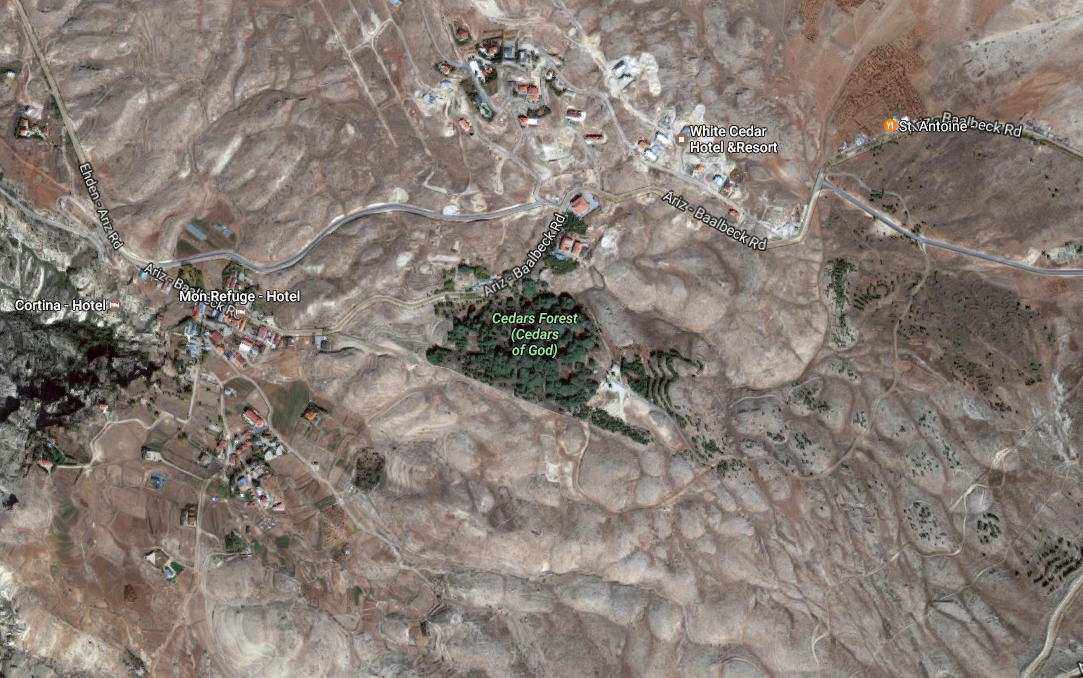
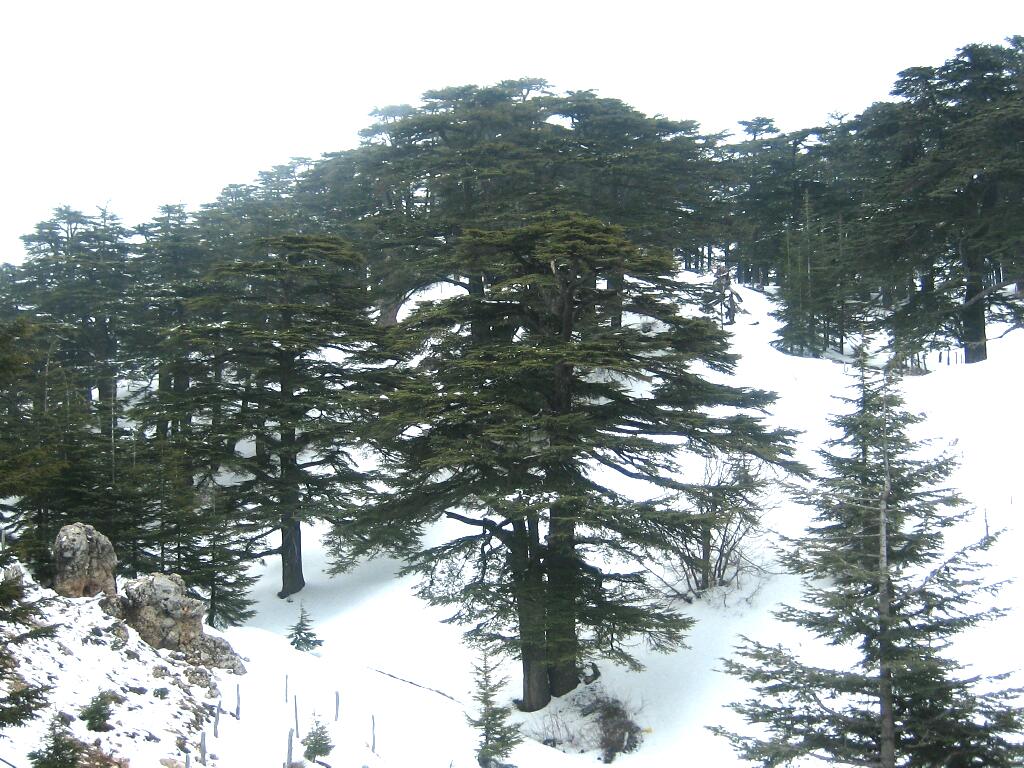

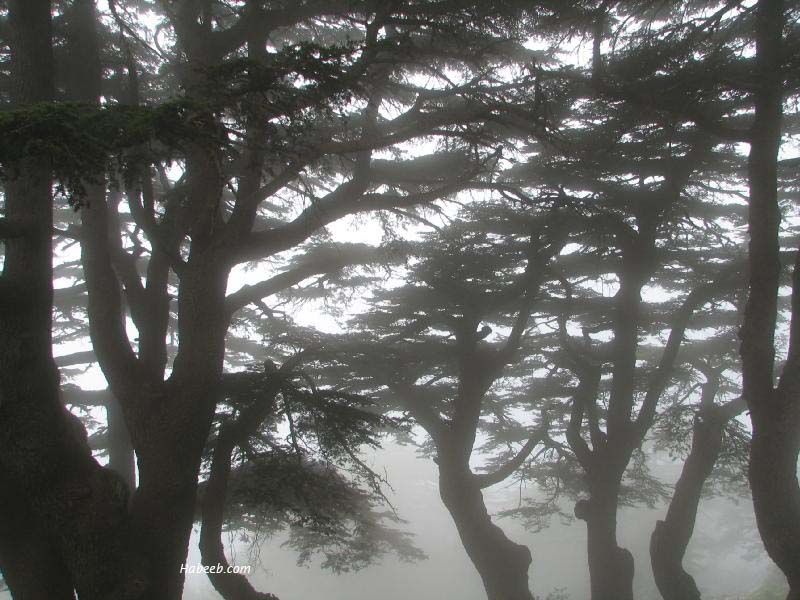
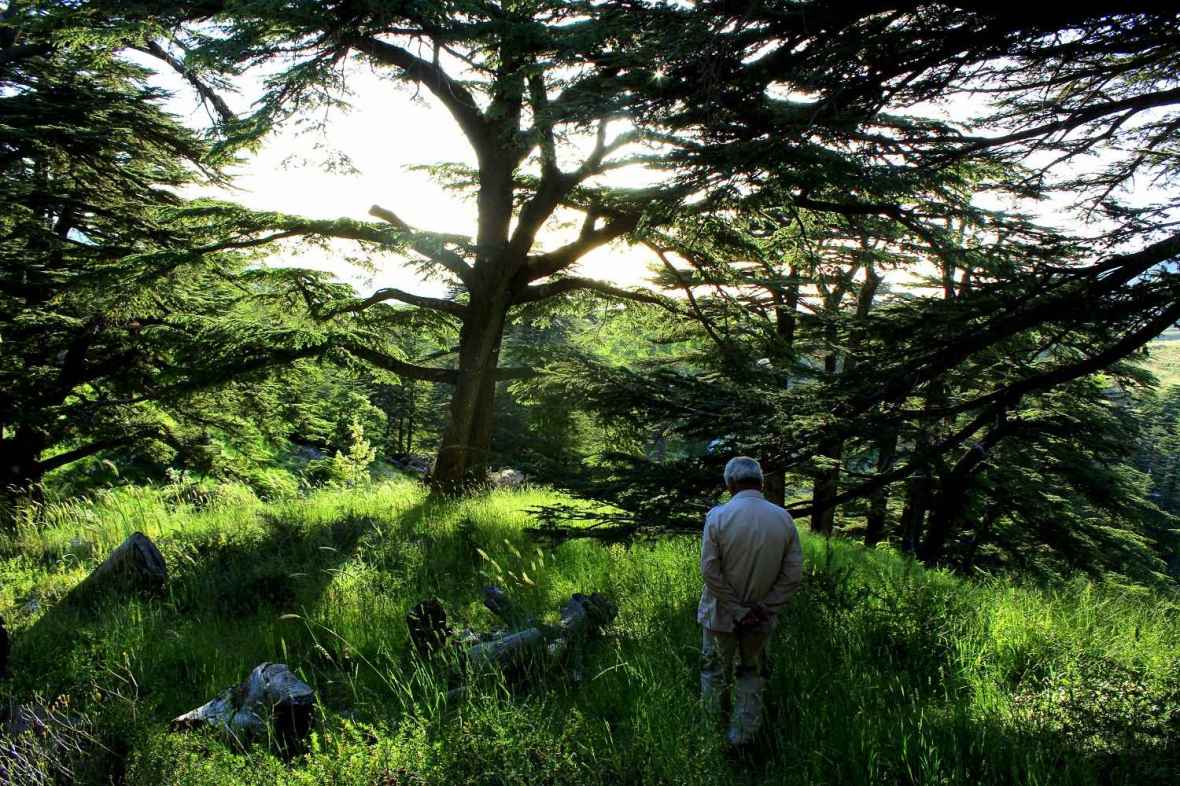
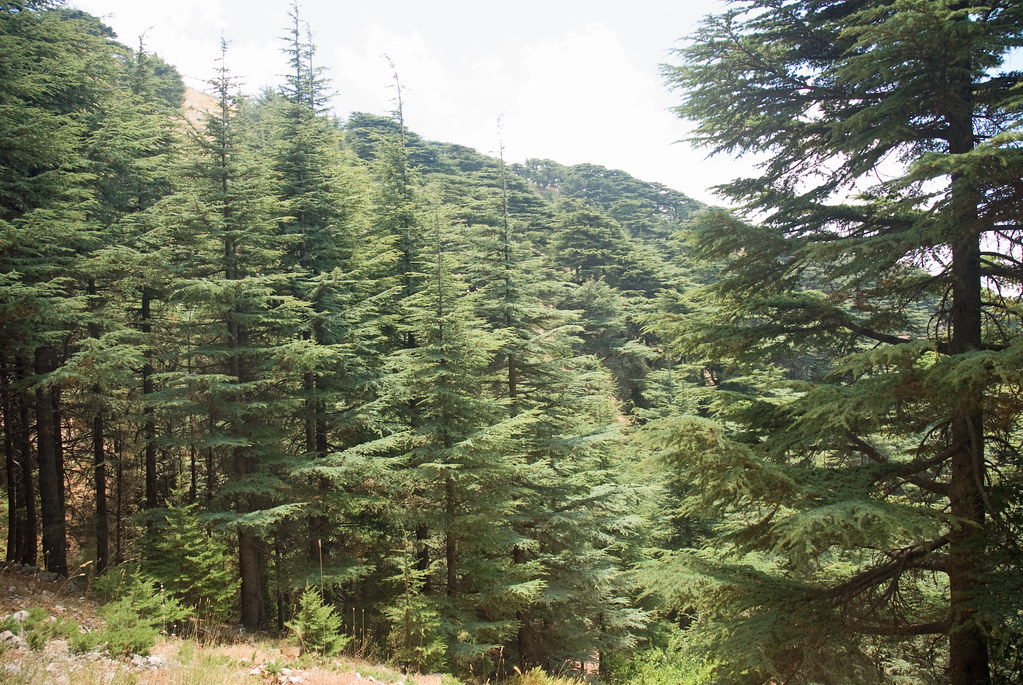

Susana, I did not know about the Lebanon Cedar Forest and thank you so much for educating me about one of the most rare and precious forests in the world. Your writing is so excellent!!! Such a pleasure to read. Thank you for your awesome and inspiring writings!!!
LikeLiked by 1 person
Thank you so much. What a joy knowing I help people know a little more about forests and trees. Please stay in touch. I will be posting more interesting articles! Thank you so much for the support. You are very kind!
LikeLike
I’ve heard of the famous Cedars of Lebanon since I was a kid, all the way on the other side of the world. It’s sad that we are fighting desertification and deforestation across the globe. It’s our great human struggle now, to attempt to nurture and save the natural world that once nurtured and provided for us. Thanks for your article.
LikeLiked by 1 person
Thank you so much Lillie for your support and kind comment. I hope these sad stories help humanity re-think how we have behave and we begin a new path of protecting and respecting Nature.
LikeLike
Hi Susana. Thanks for the great article on Cedars in Lebanon. Want to get in contact with you about a film immuring in Lebanon. Please write me.
LikeLiked by 1 person
Sure Robert. Sorry for the delay. I have been very busy and away from my blog, but I will get in touch with you as soon as possible!!
LikeLike